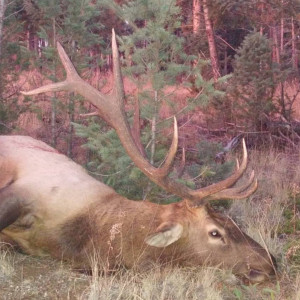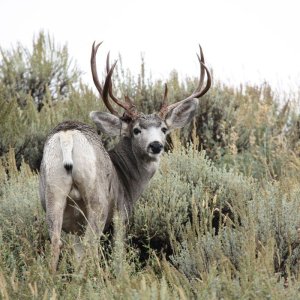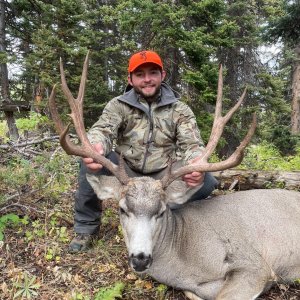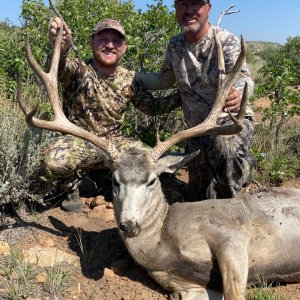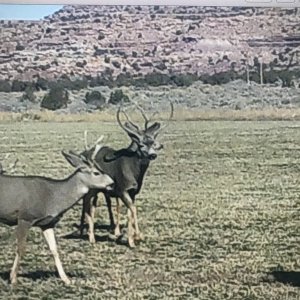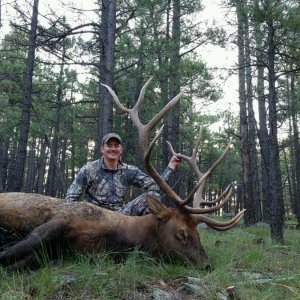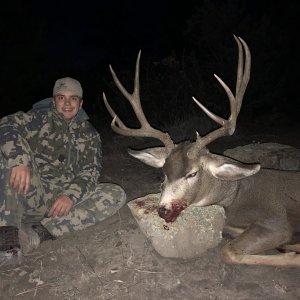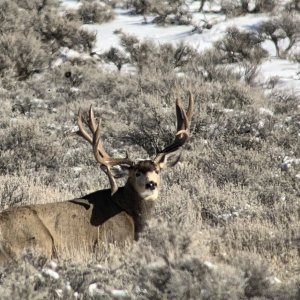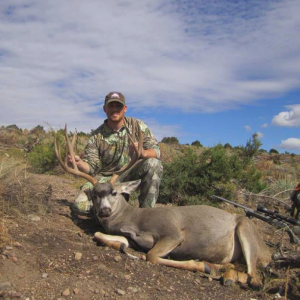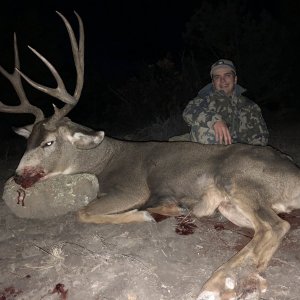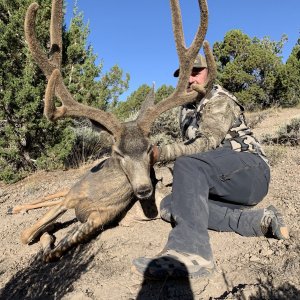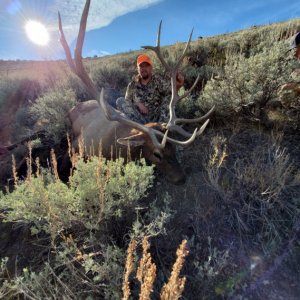feddoc
Long Time Member
- Messages
- 7,225
https://ronspomeroutdoors.com/blog/shoot-better-ballistic-coefficient-mv/
HOW TO APPLY BALLISTIC COEFFICIENT AND MV AND BULLET MASS IN THE FIELD
So how do you strike the right balance between caliber, cartridge, BC, MV, bullet weight, recoil and performance? First, determine what you need to accomplish. Then figure out the terminal energy level you think you'll need to do that. There are no hard and fast rules about game-killing punch. Some insist you need 1,500 f-p impact energy to cleanly take an elk, yet many, many elk are routinely dropped with 1,000 f-p and often less. Bow hunters take elk with less than 100 f-p energy. Unless you strike the central nervous system or get lucky with hydrodynamic shock, bullets (and arrows) kill via hemorrhaging. An expanding .224 bullet through the heart or even lungs can do that as effectively as or better than a non-expanding 50-caliber slug. Of course, more energy and a bigger slug always provide more insurance. The safest bet is to shoot the biggest, highest BC bullet at the highest MV you can handle accurately without flinching. But if a big magnum makes you flinch and miss, you're better off with a lighter recoiling rifle throwing an efficient bullet equally fast. Accuracy first, then high BC and MV. Those are reasons why light recoiling cartridges like the 243 Winchester, 6mm Creedmoor, 6.5 Creedmoor and 260 Remington help many hunters shoot more accurately. And accuracy is job one.
Finally, if you're just shooting long-range targets or small game, throw up your hands and shout Hallelujah! You are free to work with light-recoiling, small calibers and light bullets with high BC ratings. They?ll shoot just as flat, just as far, drift just as little as the big rounds with the same Ballistic Coefficients and Muzzle Velocities. With less recoil, you'll shoot better and enjoy it more.
HOW TO APPLY BALLISTIC COEFFICIENT AND MV AND BULLET MASS IN THE FIELD
So how do you strike the right balance between caliber, cartridge, BC, MV, bullet weight, recoil and performance? First, determine what you need to accomplish. Then figure out the terminal energy level you think you'll need to do that. There are no hard and fast rules about game-killing punch. Some insist you need 1,500 f-p impact energy to cleanly take an elk, yet many, many elk are routinely dropped with 1,000 f-p and often less. Bow hunters take elk with less than 100 f-p energy. Unless you strike the central nervous system or get lucky with hydrodynamic shock, bullets (and arrows) kill via hemorrhaging. An expanding .224 bullet through the heart or even lungs can do that as effectively as or better than a non-expanding 50-caliber slug. Of course, more energy and a bigger slug always provide more insurance. The safest bet is to shoot the biggest, highest BC bullet at the highest MV you can handle accurately without flinching. But if a big magnum makes you flinch and miss, you're better off with a lighter recoiling rifle throwing an efficient bullet equally fast. Accuracy first, then high BC and MV. Those are reasons why light recoiling cartridges like the 243 Winchester, 6mm Creedmoor, 6.5 Creedmoor and 260 Remington help many hunters shoot more accurately. And accuracy is job one.
Finally, if you're just shooting long-range targets or small game, throw up your hands and shout Hallelujah! You are free to work with light-recoiling, small calibers and light bullets with high BC ratings. They?ll shoot just as flat, just as far, drift just as little as the big rounds with the same Ballistic Coefficients and Muzzle Velocities. With less recoil, you'll shoot better and enjoy it more.

